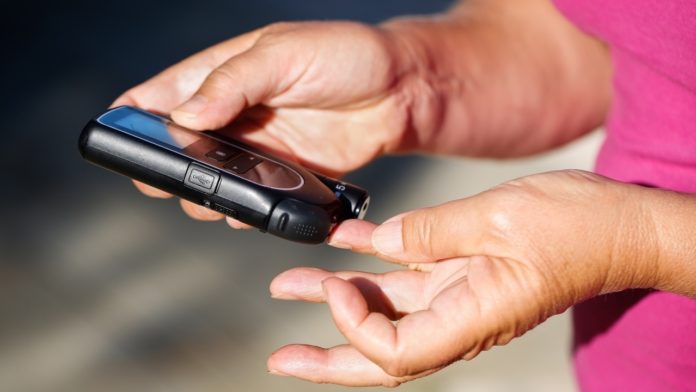For most of us, the frequency of us having to have an injection is probably less than once a year; maybe even once in every five years. But, for Type 1 diabetes sufferers, it’s an everyday occurrence having first to check their blood sugar level several times a day and then inject themselves with insulin regularly to keep their condition managed. But, rather than have to inject themselves with a needle several times a day, is there not another way to treat Type 1 sufferers in this modern society we live in?
For a long time, diabetes researchers have sought a better alternative, and one of the things they’ve come up with would be to engineer it somehow so that the insulin lingers in the bloodstream and only gets activated when it’s needed. However, that’s not as easy as it sounds. One obstacle that researchers came across while trying to develop this type of automatic insulin distribution is that without first testing the method on animals, it’s hard to know how the drugs will react.
Researchers over at MIT have developed a computer model that should help streamline the development process and predict how glucose-responsive insulin (GRI) will affect patient’s blood sugar. This will be based on certain chemical traits including how fast the GRI is activated when glucose is present. “The concept of GRI has been a longstanding goal of the diabetes field,” says Michael Strano, the Carbon P. Dubbs Professor of Chemical Engineering at MIT. “If done correctly, you could make it so that diabetics could take an occasional dose and never have to worry about their blood sugar.” Using the new model, researchers identified several potential GRI candidates which they now intend to test in animals.
Several types of GRI’s have been experimented with over the past few years using various synthetic approaches, making good progress in making GRI’s a practical reality. One such approach involves using mathematical models of the human body to predict how GRI’s would behave in patients. This would make it much easier for doctors to design and test these drugs. During the study, the researchers used this type of modeling to analyze modified insulin to interact with glucose.
Hydrogels are another option for getting insulin to the patient, but this GRI approach requires the expert to know how strong the glucose will interact and how soon the insulin will begin to work. The team came up with equations that described things such as how strongly bound the glucose becomes with the GRI and how fast the insulin becomes activated. They then took these equations and combined them with existing models of how glucose and insulin behave in different areas of the body such as muscle, blood vessels, and fatty tissue.
Moving forward, researchers can now enter specific GRI traits into the model and see how the GRI will behave. The model will predict how much the blood sugar will spike after eating, the strength of the insulin response that’s triggered, and the blood sugar level at the end of it. Strano is hopeful that other researchers will use this new model to lead to the development of new GRI candidates.
Photo Credit: Zlikovec/Fotolia
More News to Read
- New Joint Initiative Between Imperial and Kings College London Boosts Artificial Cell Design
- Check Out New Features of Mars Rover 2020
- Astronomers Image Material That Obscures Black Holes
- A New Concept of Terrestrial Planet Formation Proposed
- Hydrogel Casts Could Become the New Way to Control Bleeding Disorders

